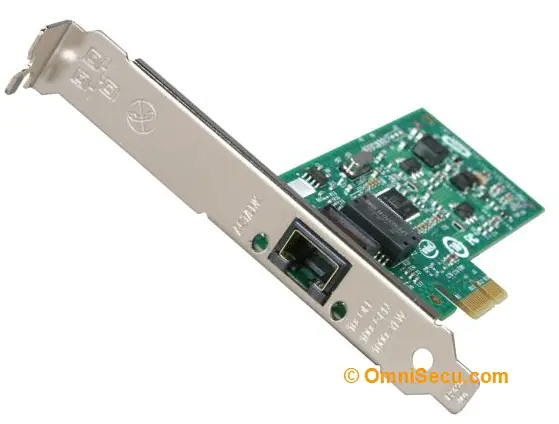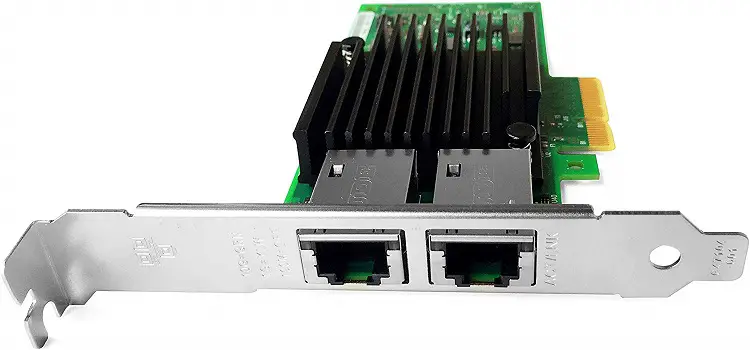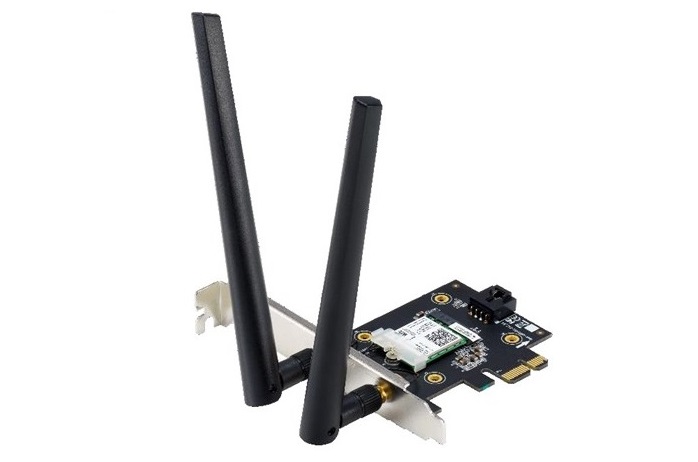What is NIC (Network Interface Card)
A NIC (Network Interface Card) provides the hardware interface between a computer and a network. These days, almost all new computer motherboards have in-built NIC (Network Interface Card).
Some NIC (Network Interface Card) cards are meant for wired networks while others are for wireless network. Most widely used wired LAN Technology is Ethernet. Ethernet based NIC (Network Interface Card) cards are available in every local electronic hardware shops. Normal speed rating of Ethernet based wired NIC (Network Interface Card) available these days are 10/100/1000 Mbps (Megabits per second).
Every computer participating in network must have at least one NIC. Computers can have more than one NIC card also, if required.
Following image shows a 10/100/1000 Mbps (Megabits per second) PCIe NIC.

Following image shows a two port 10 Gigabit Ethernet PCIe NIC.

Following image shows a wireless PCIe NIC.

Every NIC (Network Interface Card) has a 48-bit globally unique identifier called as MAC Address (Media Access Control Address) burned into its ROM chip. This MAC address is used to deliver Ethernet Frames to a computer.
The NIC driver software passes the data between the Operating System and the NIC. Latest Operating Systems include different NIC driver software for almost all major NIC vendors. If your NIC card is not detected or not working, you must find a suitable NIC driver software from the NIC vendor's website and install it on the computer.